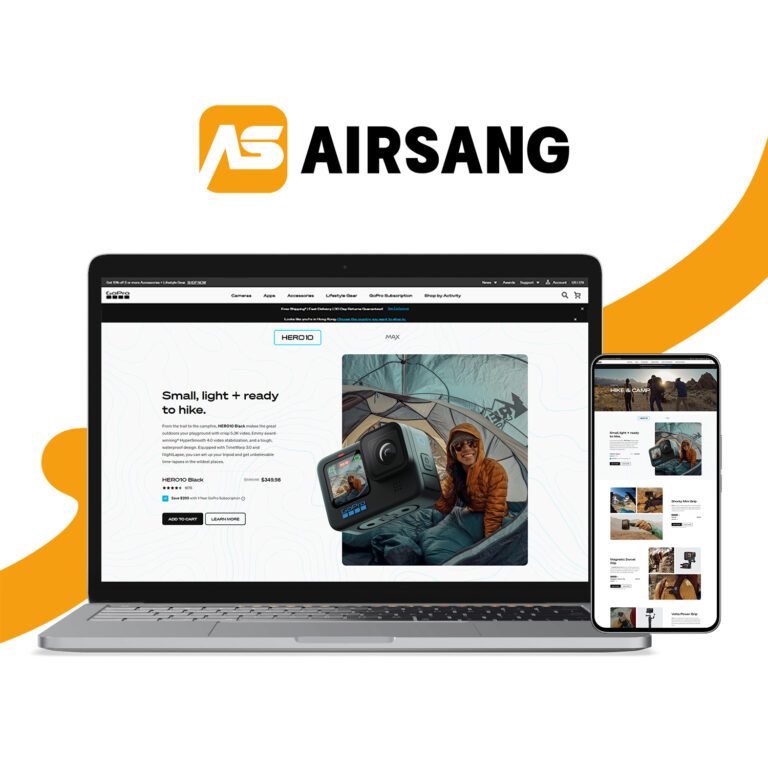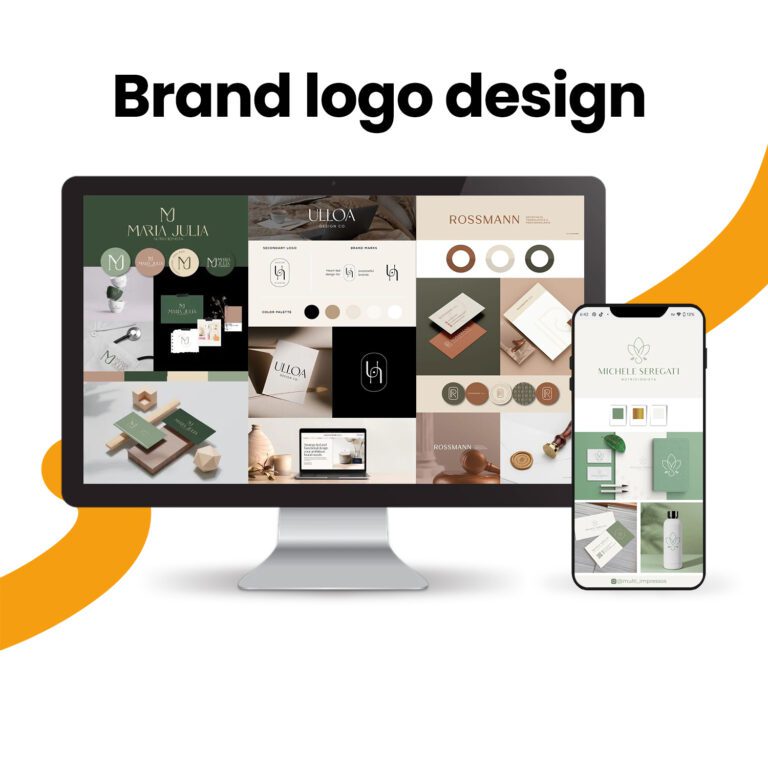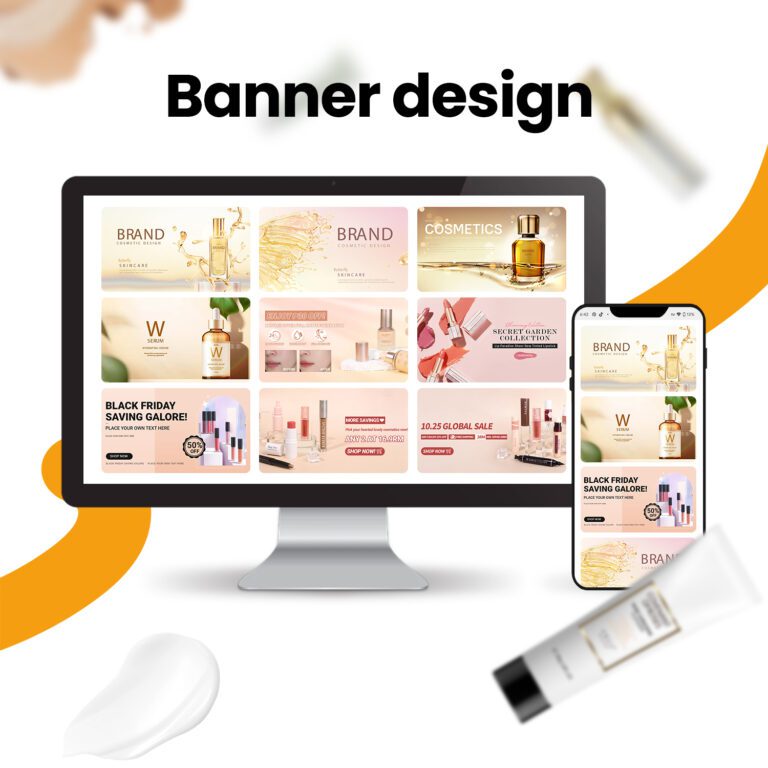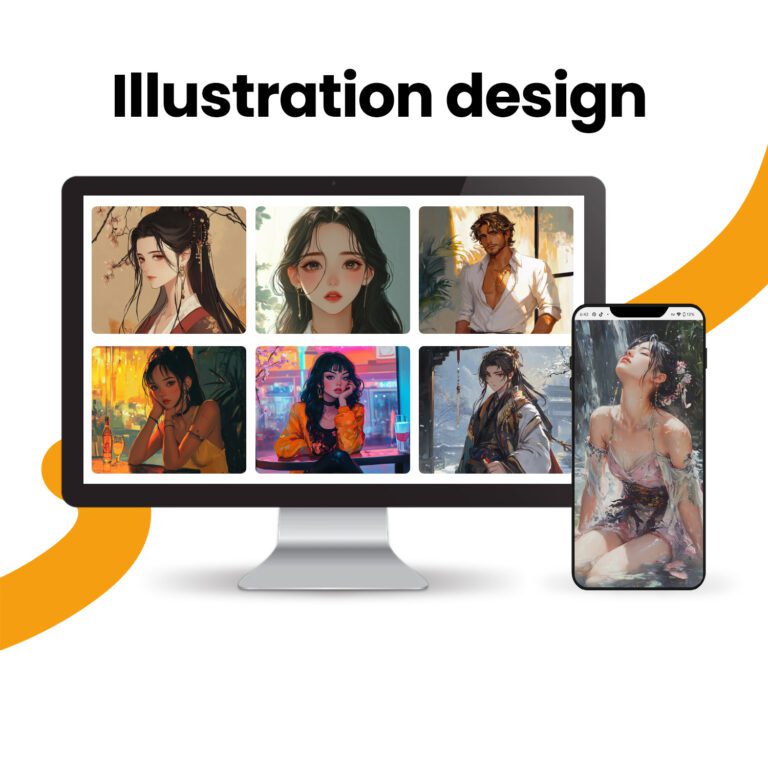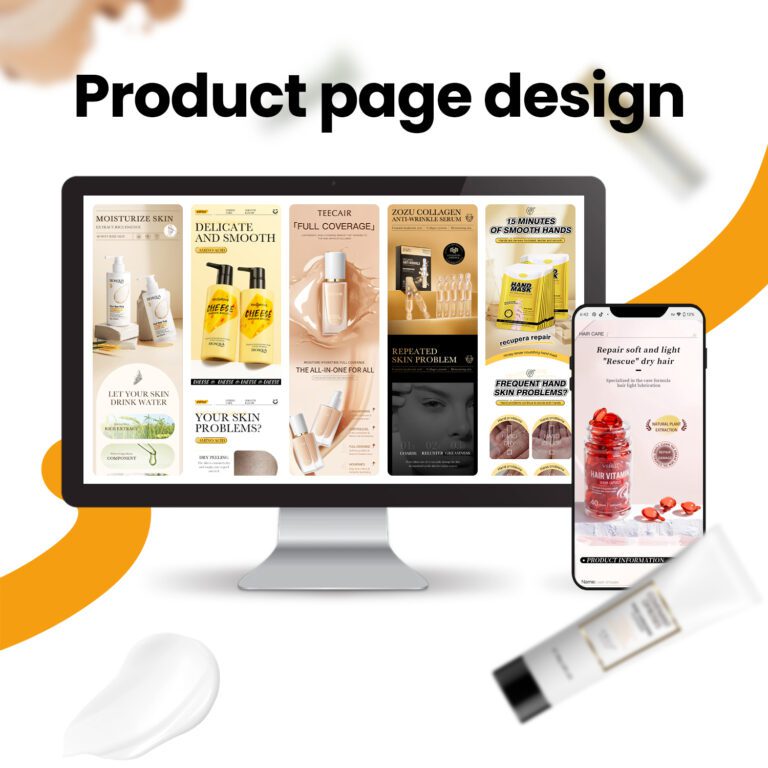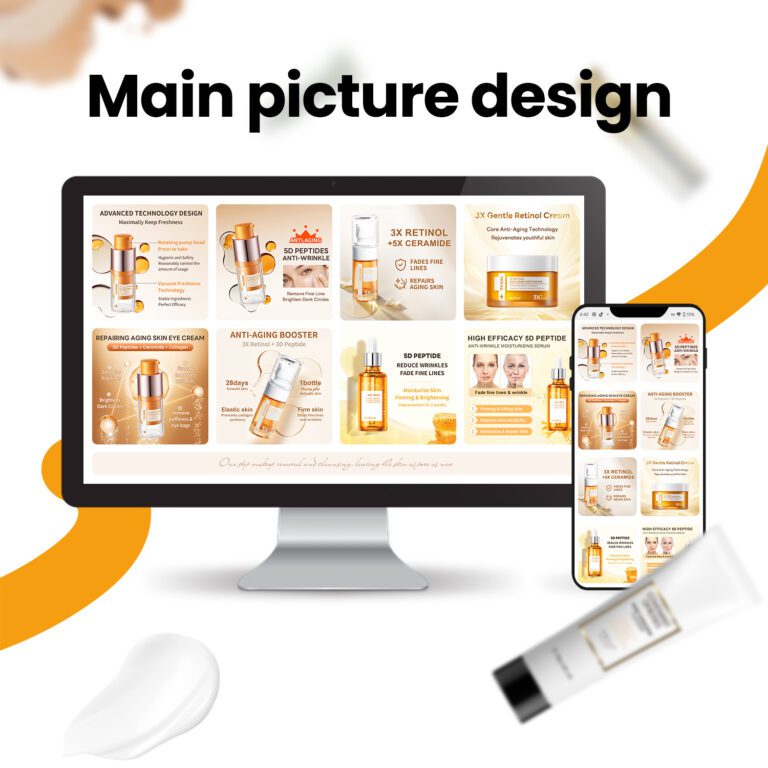Mastering the Default WordPress Editor: Step-by-Step Guide
New to WordPress? Learning how to use the default WordPress editor—also called the Block or Gutenberg Editor—is key to building stylish pages without coding. This beginner-friendly tool helps you create clean, professional layouts for blogs or business sites. In this guide, you’ll discover how to use it effectively and design with purpose.
What Is the Default WordPress Editor?

The Gutenberg Editor at a Glance

The default WordPress editor, also referred to as Gutenberg, was introduced in WordPress 5.0 as a block-based editing system. Rather than relying on shortcodes or HTML, users can simply drag and drop content blocks to build custom layouts.
Each piece of content—headings, paragraphs, images, buttons, galleries, videos, and more—is a block that you can style, move, duplicate, or delete independently. This modular approach simplifies the design process and allows users to create rich, responsive layouts.
Why Use the Default WordPress Editor?
Simplicity Meets Flexibility
One of the biggest advantages of using the default WordPress editor is its intuitive, visual interface. You don’t need coding knowledge to create something beautiful.
- Want to add a video? Drop in a Video Block.
- Need a call-to-action? Use the Button Block.
- Want to build a contact section? Combine Columns, Text, and Form plugin shortcodes easily.
Even more, this editor integrates seamlessly with most themes and plugins—making it a powerful base for clean, well-designed pages.
Getting Started with the Editor

Opening the Editor
Once you log into your WordPress dashboard, go to Pages > Add New or Posts > Add New to launch the editor. You’ll be greeted with a blank canvas and a prompt: “Start writing or type / to choose a block.”
Adding Content Blocks
Click the “+” icon in the top left or within the canvas area to insert blocks. WordPress offers:
- Text blocks: Paragraph, Heading, List, Quote
- Media blocks: Image, Gallery, Video, Audio
- Layout blocks: Columns, Spacer, Separator, Group
- Widgets: Shortcodes, Social Icons, Latest Posts
- Embeds: YouTube, Instagram, Spotify, and more
Pro tip: Use “/” to quickly insert a block. For example, typing /image will bring up the Image block instantly.
Rearranging Layouts
Drag blocks up or down using the Move arrows or by grabbing the block handle. You can group blocks together, adjust alignment, and even reuse custom block layouts on other pages.
Connecting the Editor with Smart Web Design
Structure Before Style
While the editor makes it easy to place content, good website design is about structure and storytelling. Knowing how to place content blocks isn’t enough—you also need to know why you’re placing them.
That’s where thoughtful layout strategy comes in. A clean header hierarchy (H1 > H2 > H3), consistent spacing, and mobile-friendly arrangements all influence how users perceive your site.
Visual Hierarchy and Branding
The default WordPress editor allows for consistency in:
- Typography: Match your fonts to brand style.
- Color palette: Use your theme’s settings or custom colors to stay on-brand.
- Spacing: Control padding and margins using built-in tools or block styles.
Even without custom coding, you can achieve a polished look by making smart design choices using built-in tools.
Customizing Without Complexity
Theme Integration
The editor works harmoniously with most themes. For best results, choose a block-optimized theme—one that supports full-width layouts, modern typography, and global styling settings.
Some premium themes even offer pre-built block patterns that you can insert and tweak—saving you time and maintaining a cohesive brand feel.
Block Patterns and Templates
You can insert block patterns (pre-styled content sections like testimonials or pricing tables) from the block library. These make it easier to build professional layouts without needing to design every section from scratch.
Staying Mobile-Friendly
Responsive Design Made Easy
One of the benefits of the default WordPress editor is that all blocks are responsive by nature. However, attention to column layout, media size, and text alignment is crucial to ensure mobile usability.
Use the Preview function (top-right corner) to check how your page looks on desktop, tablet, and mobile. Make tweaks to padding and layout as needed for consistency across devices.
Common Mistakes to Avoid
Overloading with Blocks
Too many blocks can clutter your layout. Stick to a clear hierarchy and use whitespace to your advantage.
Ignoring Typography Settings
Font size, color, and alignment can make or break readability. The editor lets you adjust these easily under Block Settings.
Skipping Image Optimization
The editor allows direct image uploads, but always resize or compress images before uploading to avoid slow-loading pages.
A Quick Checklist for Using the Editor
Before You Publish
- Have you used proper heading structure (H1–H3)?
- Are your images compressed and optimized?
- Is your call-to-action clear and visible?
- Have you previewed the layout on all devices?
- Did you use consistent colors and spacing?
If all are checked, you’re ready to hit Publish.

Conclusion: Design Is in the Details
Learning how to use the default WordPress editor is the first step to building a beautiful and functional website. It empowers users to take control of their site’s content and design without needing to rely on developers.
However, great design isn’t just about blocks—it’s about telling a story, guiding users, and creating trust through layout and consistency. If you want your WordPress site to go beyond the basics, working with a design-focused team can help.
That’s where AIRSANG DESIGN comes in. We specialize in crafting WordPress websites that blend seamless editor usability with powerful brand storytelling. Whether you need a landing page refresh or a full website overhaul, we’re here to turn blocks into brilliance.

